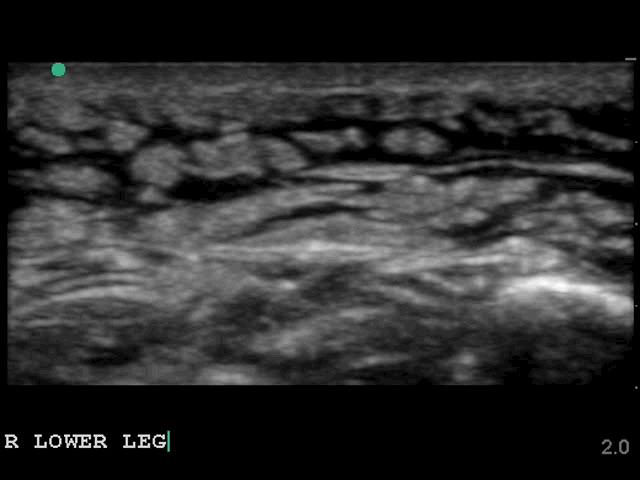]
Trauma (or at least extremely overrated. People waste so much time on FAST in stable patients or those with clear indications for OR. I see maybe one patient a year who actually warrants a FAST)
Yes, I think this is due to the FAST being poorly understood and poorly taught. Everyone gets a FAST during residency for training purposes. However, the traditional FAST is really only for unstable patients with uncertain OR vs. CT vs. IR and to assist the surgeon in decision making.
(also, in multi-trauma activations, the stable patient with free fluid gets the CT before the other stable patients)
That said, although useful and acceptable, I feel the framework I just described above is outdated.
It amazes me with all of these UTS-fellowship trained attendings and UTS programs in residency that we still train residents on the FAST.
Rather, a modified E-FAST is what should be taught. In the unstable polytrauma patient, I initially don't care at all if there is free fluid in Morrison's or around the bladder. There's nothing we can do about that in the ED.
However, if there is PTX or HTX (especially large) or a pericardial effusion, there's a lot I can do about that. If I don't rapidly diagnose and intervene, these "salvageable" patients may die.
The unstable polytrauma patient doesn't need an immediate look for peritoneal free fluid; this patient needs a quick look anteriorly for PTX and a look at both costophrenic angles. Then, if the doc want to slide down to spleno-renal or Morrison's vs. quick echo -- well, that's dealer's choice. Then you are back to the "traditional FAST" framework and indications as I described above.
So, the number of mE-FAST exams per year, I believe, is equal to the number of unstable trauma patients you see.
But, I also agree that the number of traditional FAST exams is probably very small indeed (see indications above).
I also I think -- and here is the controversial part, I know -- the lack of understanding regarding FAST vs mE-FAST is another indicator of the lack of understanding about trauma (especially ED intervention vs. IR vs. OR vs. CT) that is a sad product of the EM world believing trauma is just cookbook and ATLS is sufficient. This is a shame the EM world has yet to acknowledge.
HH


